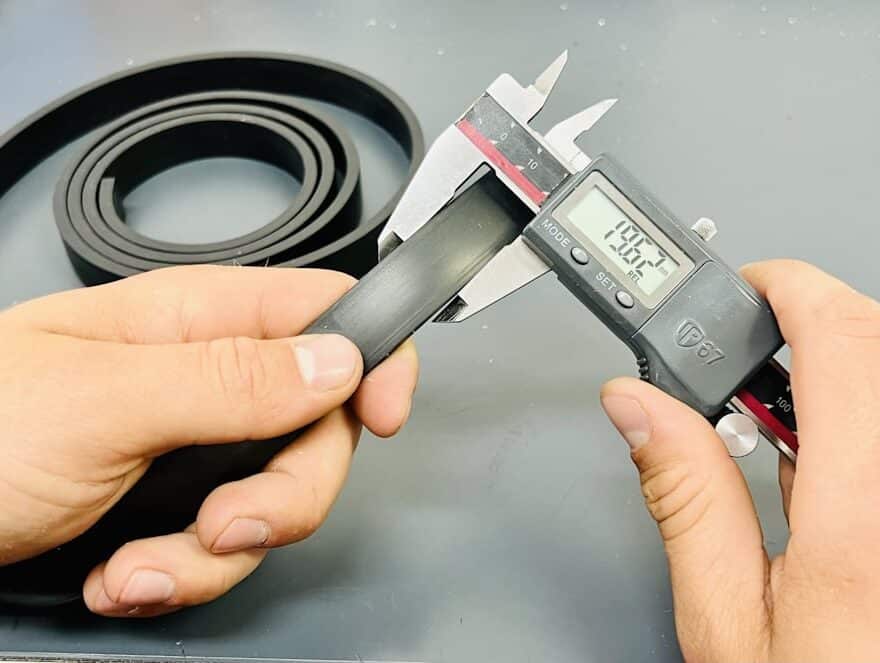Engineering Accuracy: Why Manufacturing Standards Matter More Than Ever
In today’s rapidly evolving industrial landscape, the need for accuracy in manufacturing is no longer just a competitive edge—it’s an essential requirement. From automotive to aerospace, medical technology to electronics, industries depend on components that not only fit together but function with exceptional reliability. The pressure to deliver consistently high-quality products has forced manufacturers to re-examine how they approach standards, processes, and quality control.
The Role of Standards in Modern Manufacturing
Manufacturing standards form the backbone of reliable production. They dictate tolerances, surface finishes, dimensions, and material specifications to ensure compatibility and safety. Whether producing a small gear for a watch or a turbine blade for an aircraft engine, adhering to strict standards allows manufacturers to guarantee that every part performs as intended.
The ISO (International Organization for Standardization) and ASTM (American Society for Testing and Materials) are two of the most recognized bodies setting these global benchmarks. By following their frameworks, manufacturers demonstrate credibility and inspire trust across supply chains.
Why Accuracy Cannot Be Overlooked
Consider the automotive sector. A misaligned part or an incorrectly sized bolt can compromise safety, increase wear, and even lead to catastrophic failure. In medicine, components like surgical implants and diagnostic tools demand a level of accuracy that leaves zero room for error. These examples illustrate how small deviations in measurement can create costly and dangerous outcomes.
Accuracy also impacts efficiency. Well-manufactured parts reduce the need for rework, prevent material wastage, and improve the overall speed of assembly. In a market where time-to-market can make or break a product launch, these savings are crucial.
The Digital Transformation of Manufacturing
Emerging technologies are reshaping how industries achieve accuracy. Advanced CAD (Computer-Aided Design) systems, combined with CAM (Computer-Aided Manufacturing), allow designs to be created with microscopic precision before they ever reach production lines.
Automation and robotics further reduce the possibility of human error, while AI-driven quality control systems can identify defects undetectable to the naked eye. Additive manufacturing (3D printing) is another innovation contributing to greater accuracy by building components layer by layer with meticulous detail.
Many businesses are embracing these changes to stay competitive. For example, the UK manufacturing industry adapting to innovation highlights how factories are incorporating advanced tools and digital solutions to meet global standards.
Linking Accuracy with Efficiency
Manufacturers are increasingly recognizing the direct connection between accuracy and profitability. Lean manufacturing practices thrive on minimizing defects and optimizing resources. Accurate production supports lean principles by ensuring materials are used efficiently and customer demands are met consistently.
At the same time, global competition demands that manufacturers operate with razor-thin margins. Precision isn’t just a quality measure—it’s an economic necessity. Businesses that fail to invest in high-accuracy processes risk losing contracts to more efficient competitors.
The Role of Specialist Techniques
Specialist processes have emerged to support this drive toward uncompromising accuracy. One of the most influential is precision machining, which enables manufacturers to produce complex components with microscopic tolerances. Used in industries like aerospace and medical technology, it ensures that intricate designs can be reliably transformed into real-world parts without deviation.
Looking Toward the Future
As manufacturing continues to evolve, accuracy will remain a central theme. Digital twins—virtual replicas of physical assets—are set to revolutionize production monitoring. These simulations allow real-time adjustments to be made, ensuring that actual products match design intentions perfectly.
Sustainability is another key driver. Accurate production reduces material wastage, aligns with circular economy principles, and supports environmentally responsible practices. Manufacturers embracing these strategies not only strengthen their bottom line but also position themselves as leaders in a more sustainable future.
Forward-looking companies are also exploring how automation and AI are transforming manufacturing, investing in smart factories that can self-correct and optimize performance continuously.
Conclusion
The importance of accuracy in manufacturing cannot be overstated. It is the linchpin that holds together efficiency, safety, and innovation. As industries continue to globalize and customer expectations rise, the ability to deliver on strict standards will separate leaders from laggards. For companies willing to embrace new technologies and prioritize accuracy, the future looks not only secure but promising.




